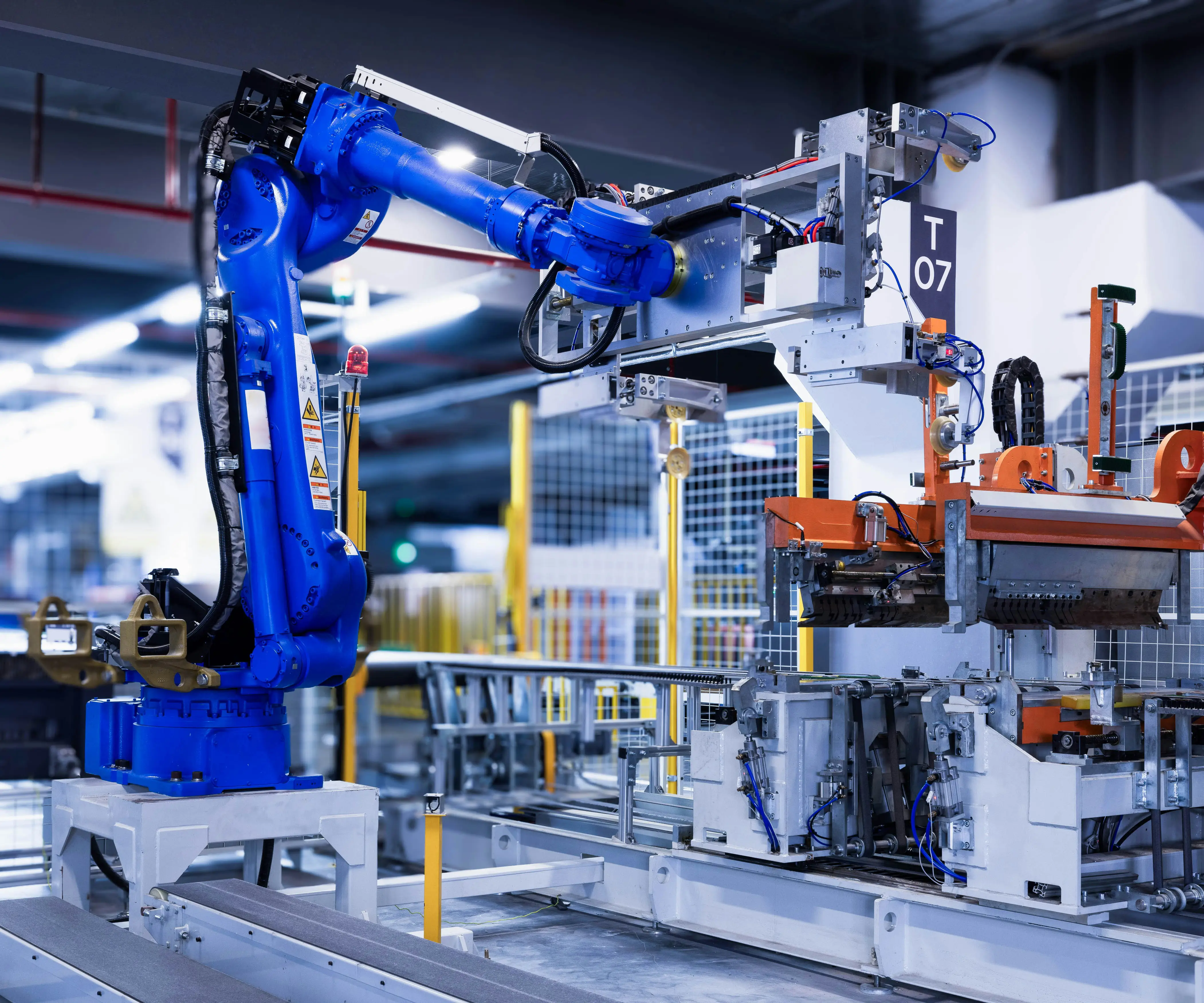The Evolution of Steering: From Traditional to Wirelessly Controlled
Historically, steering systems have been a cornerstone of automotive engineering, rooted in mechanical linkages like the classic steering column, rack-and-pinion setups, and hydraulic assist mechanisms. These mechanical systems, while reliable, have inherent limitations—rigidity, weight, and the inability to seamlessly integrate with the rapidly advancing world of vehicle automation.

Enter the age of electronic control: steering by wire mechanisms. At their core, these systems replace the traditional mechanical linkages with electronic signals and motors, granting vehicles unprecedented agility and adaptability. Among these innovations, motor servo steering by wire (or motor-driven steering by wire) stands out as a game-changer, promising smoother, safer, and more intuitive driving experiences.
Understanding Motor Servo Steering by Wire
The fundamental concept is straightforward yet sophisticated. Instead of turning a steering wheel connected through gears and shafts to the wheels, the driver inputs commands into a sensor-equipped steering wheel. These signals are converted into electronic data, which a motor servo system interprets to precisely control the steering angle. The system’s core components include sensors, electronic control units (ECUs), motors, and actuators—working harmoniously to deliver real-time steering adjustments.
At the heart of this mechanism lies the motor servo—a compact, powerful electric motor designed to respond swiftly to driver inputs and environmental data. With high precision and immediate response times, motor servo units can accurately position the steering system, ensuring consistent handling characteristics regardless of road conditions or driving styles.
Advantages of Motor Servo Steering by Wire
This technology unlocks multiple benefits that traditional systems couldn't easily provide:
Enhanced Safety: The system's ability to instantaneously adjust steering responses increases stability during emergencies or sudden maneuvers. Integrated sensors can detect loss of control or adverse conditions, enabling proactive adjustments that help prevent accidents.
Adaptive Control: Motor servo steering can adapt to driving modes—sport, comfort, or off-road—modifying steering effort and responsiveness dynamically. This personalization elevates the driving experience.
Reduced Mechanical Complexity: Eliminating physical linkages reduces weight and complexity, boosting fuel efficiency and simplifying maintenance. Fewer mechanical parts also decrease the likelihood of wear and tear over time.
Integration with Driver Assistance Systems: Steering by wire seamlessly integrates with lane-keeping assist, autonomous driving, and other advanced driver-assistance features, creating a cohesive control ecosystem.
Design Flexibility: Without the constraints of mechanical linkages, automotive designers gain more freedom with vehicle architecture, allowing for innovative cabin layouts and styling.
The Role of Motor Sensors and Feedback
Integral to the operation of motor servo steering by wire is the use of sensors—particularly torque sensors, position sensors, and speed sensors. These gather vital data on the driver's input, vehicle dynamics, and road conditions. The feedback loop ensures that the motor responds precisely, providing a natural, intuitive steering feel.
In traditional systems, drivers rely on physical feedback through the steering wheel's resistance. With electronically assisted systems, engineers have developed haptic feedback mechanisms that simulate resistance, maintaining the familiar steering "feel" while leveraging electronic control. This maintains driver confidence and comfort, ensuring tactile engagement remains intact amid digital control.
Safety and Redundancy: Preparing for the Future
While motor servo steering by wire offers many benefits, safety remains paramount. Redundancy systems are built into these mechanisms—multiple sensors, backup power supplies, and fail-safe controllers—ensuring reliable operation even in fault conditions. In the event of a system failure, the vehicle can revert to a mechanical or fail-safe mode, preserving control and occupant safety.
Manufacturers are also focusing on cybersecurity to combat potential hacking risks, designing robust encryption protocols to protect the control systems from malicious interference. These steps are crucial as vehicles become more interconnected and reliant on electronic control systems.
End of Part 1
Kpower has delivered professional drive system solutions to over 500 enterprise clients globally with products covering various fields such as Smart Home Systems, Automatic Electronics, Robotics, Precision Agriculture, Drones, and Industrial Automation.




































